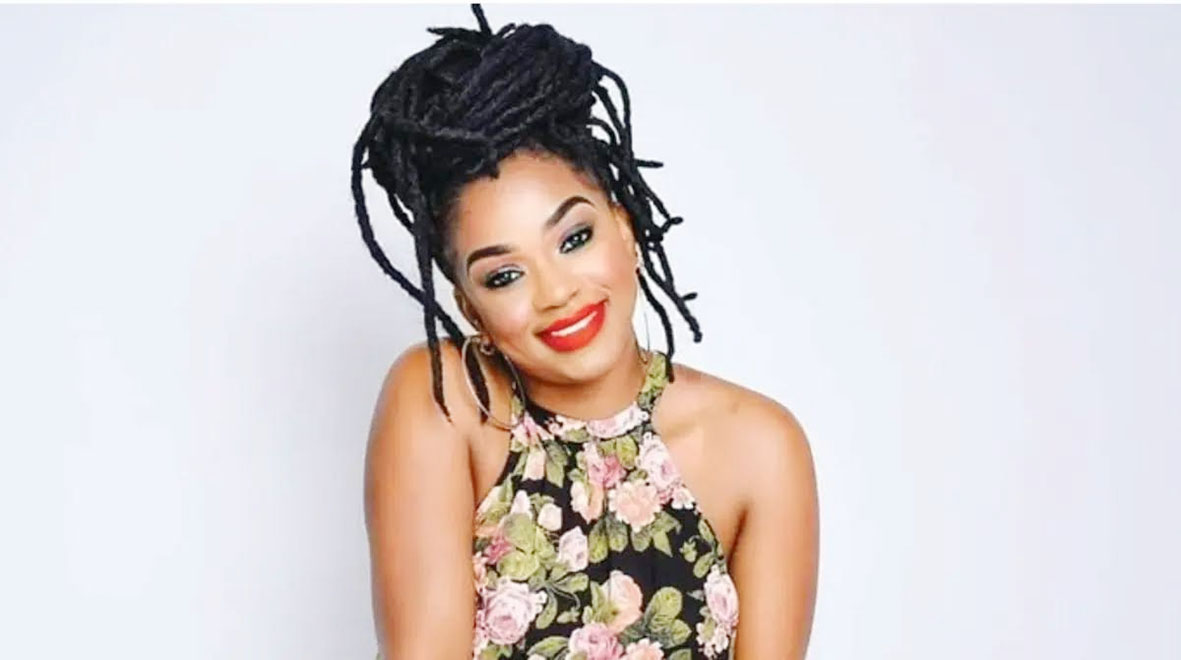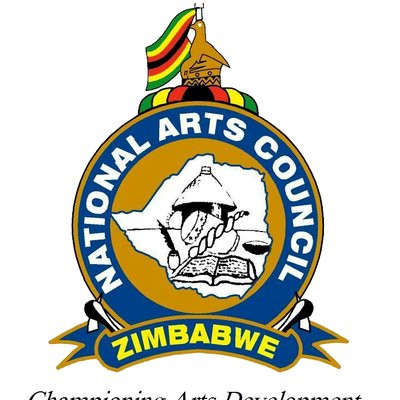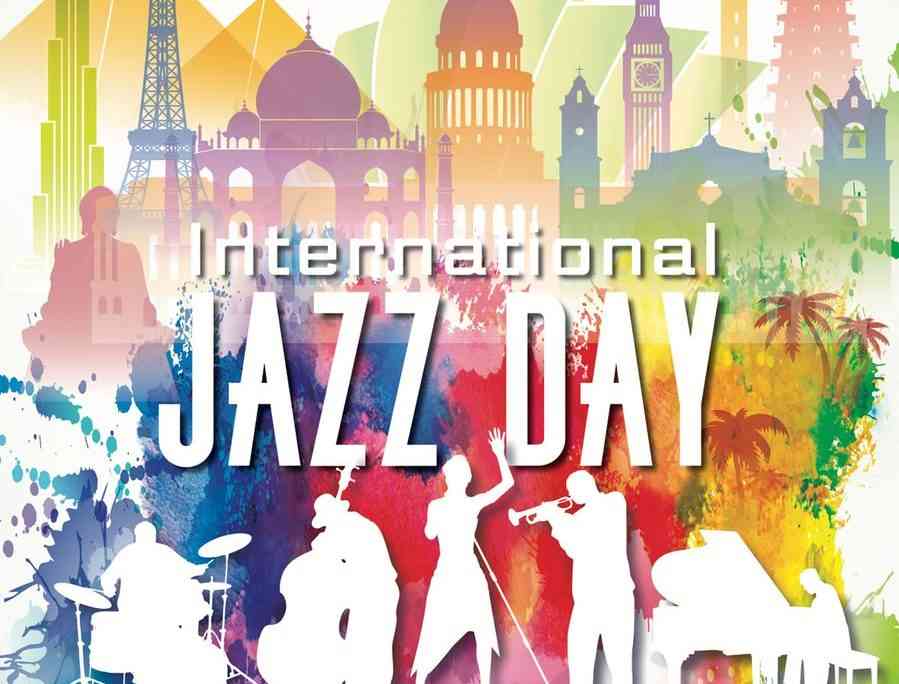
BY CHIEDZA MAZHANGARA TAKING a closer look at the different music genres in Zimbabwe, one can safely argue that each one can be differentiated by the type of dressing musicians usually wear.
For instance, those into Afro-jazz, their dressing leans towards cultural and traditional, while those into hip-hop are commonly known for big chains, earrings, baggy trousers, hoodies, big sneakers and tattoos in line with where the genre originated: Western capitals.
Hip-hop musicians are usually into stylish dressing trending at that given moment globally and mostly influenced by leading artistes in the genre.
For gospel singers, usually they are into formal wear that is smart matching outfits, or suits for men mostly.
However, as gospel music is now coming in different genres, the dressing is also changing a little, though not moving away from the formal.
Some musicians, no matter the event or wherever they are, are identified by their attire.
Such artistes include Afro-jazz singers Feli Nandi, Fusion 5 group, Hope Masike and Mwenje Mathole.
Songstress Feli Nandi is mostly known and can be easily identified by her Ankara wear. She believes that this type of dressing expresses who she truly is and has a Zimbabwean taste to it. She is either in a long Ankara dress or skirt.
- Chamisa under fire over US$120K donation
- Mavhunga puts DeMbare into Chibuku quarterfinals
- Pension funds bet on Cabora Bassa oilfields
- Councils defy govt fire tender directive
Keep Reading
Contemporary group Fusion 5 Mangwiro is popularly known for their African attire like robes.
On stage one can easily identify the group through their African wear and to complement this, they also use instrument like the mbira. When the mbira and the dressing are combined it would not be far from the truth to describe them as embodiments of African tradition and culture.
The two ladies, Dudu Manhenga and Hope Masike, are usually spotted in their African head wraps, long earrings and hand bracelets.
It is only on very rare occasions that you see them not wearing head wraps. On top of the head wrap, Hope Masike also frequently sports African print dresses.
In the gospel stable veteran musicians, Charles Charamba and wife Olivia almost always dress in formal suits and this can be seen in most of their music videos and at live performances as well.
The formal dressing has rubbed on to other gospel artistes who include Dorcas Moyo and Fungisai Zvakavapano-Mashavave, among others.
For hip-hop singers such as Holy Ten, Hillzy and Takura among others, their type of dressing is specifically the long chainsand hoodies which they wear mostly on stage and in music videos.
RnB and urban grooves musicians are mostly identified by smart casuals, which include simple jeans, golf or plain T-shirts, as well as the popular “bhachi nejean” (jacket and jean).
But when it comes to sungura and dancehall musicians, their dressing is not really specific as they dress according to function or event.
Winky D is probably the only dancehall musician who wears distinct attire as he is commonly identified by his head wrap which in most cases will be matching with either the jacket or trousers.
- Follow us on Twitter @NewsDayZimbabwe











